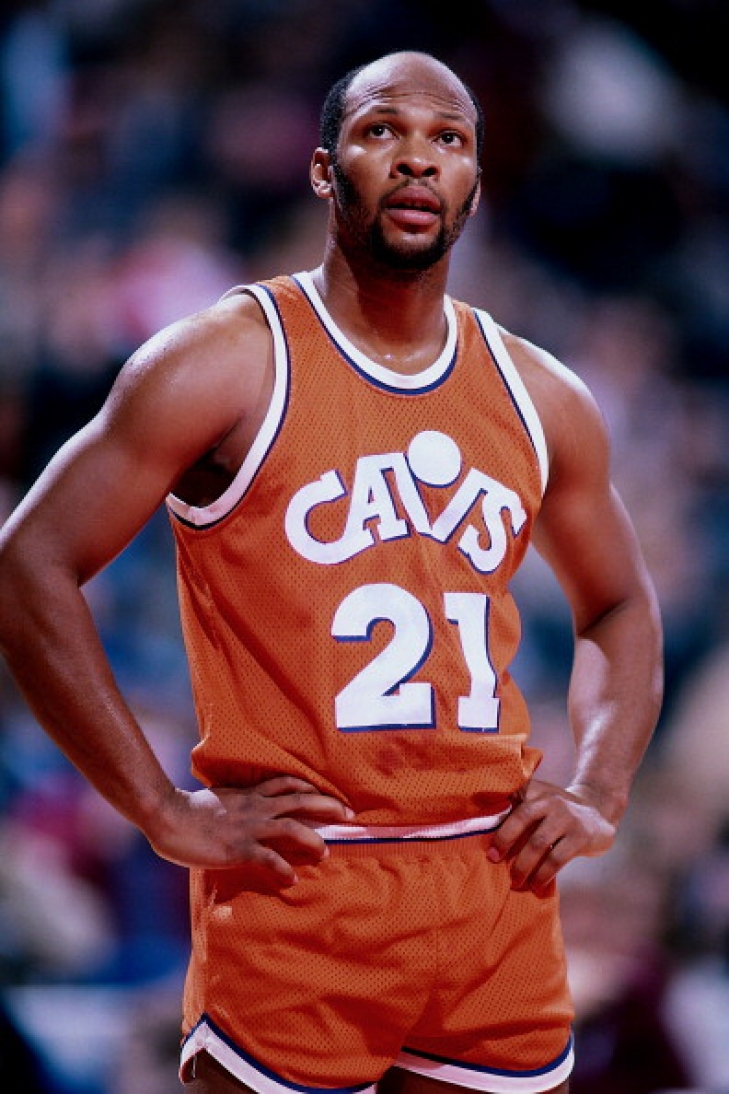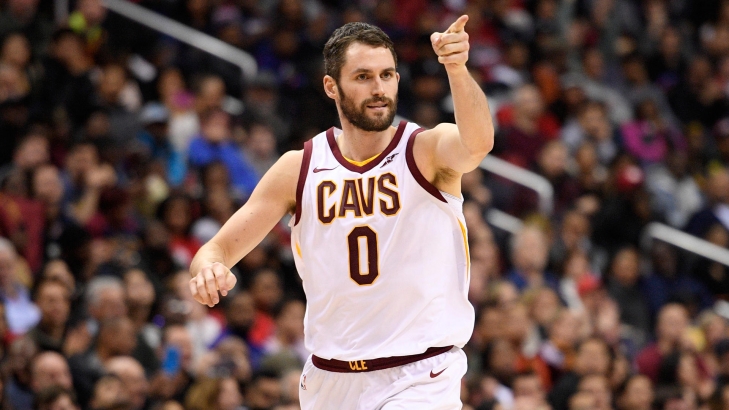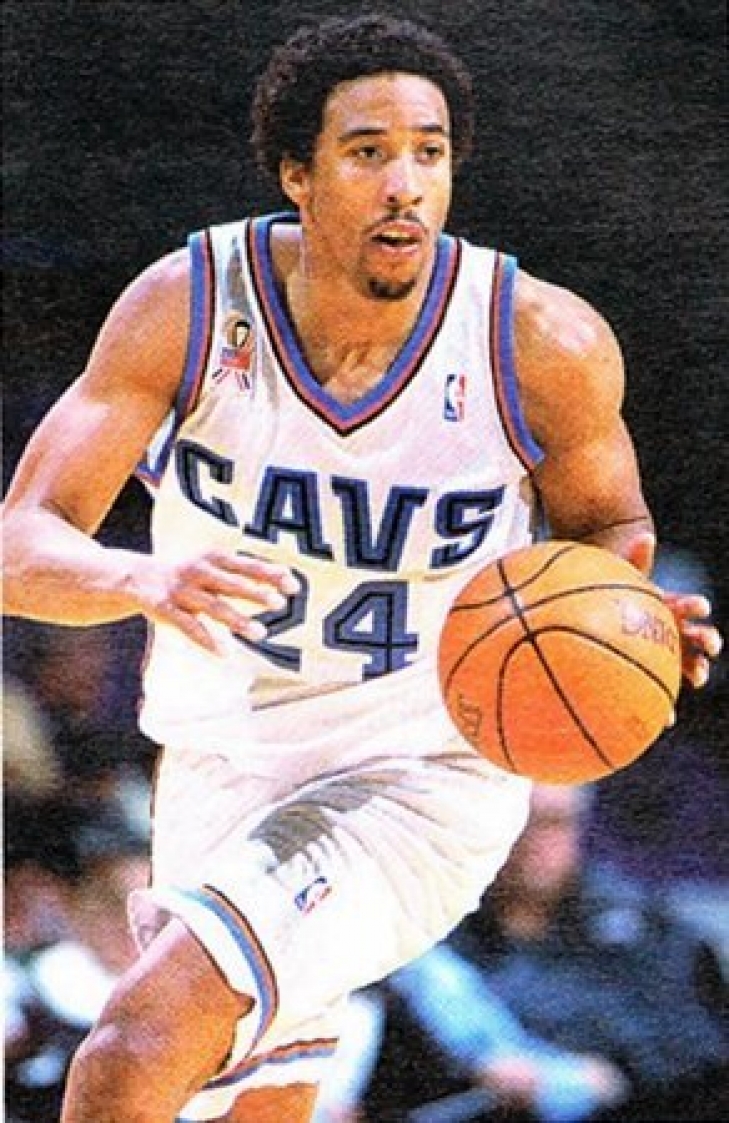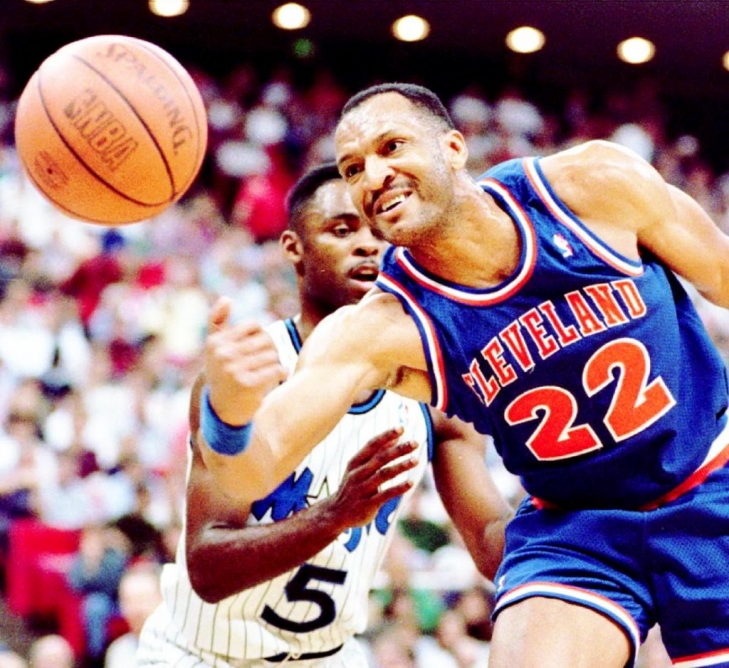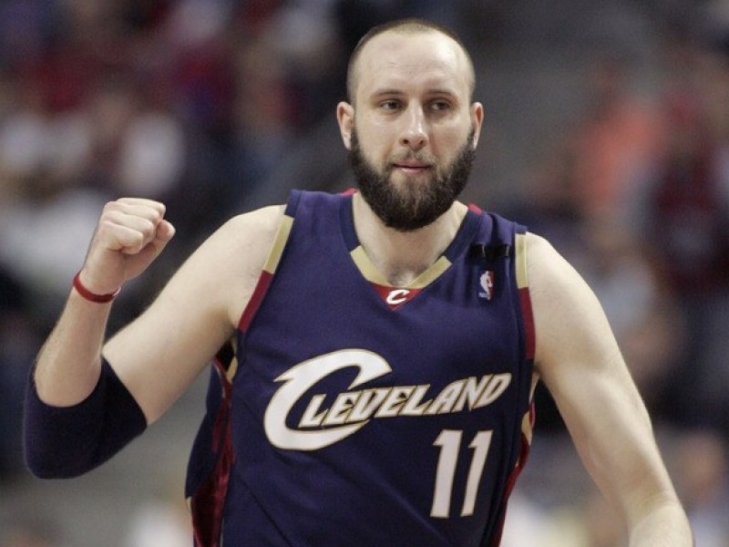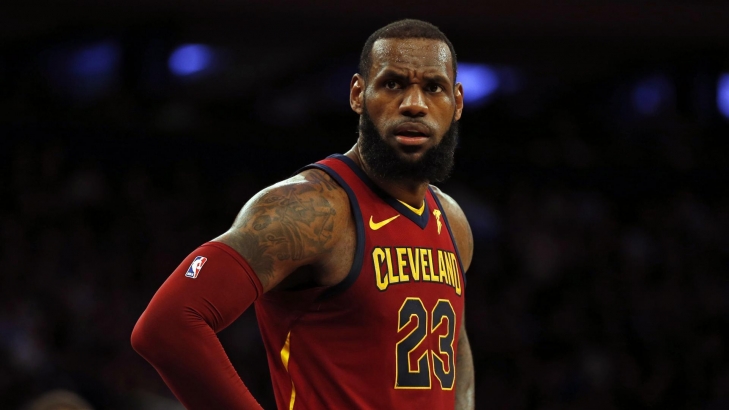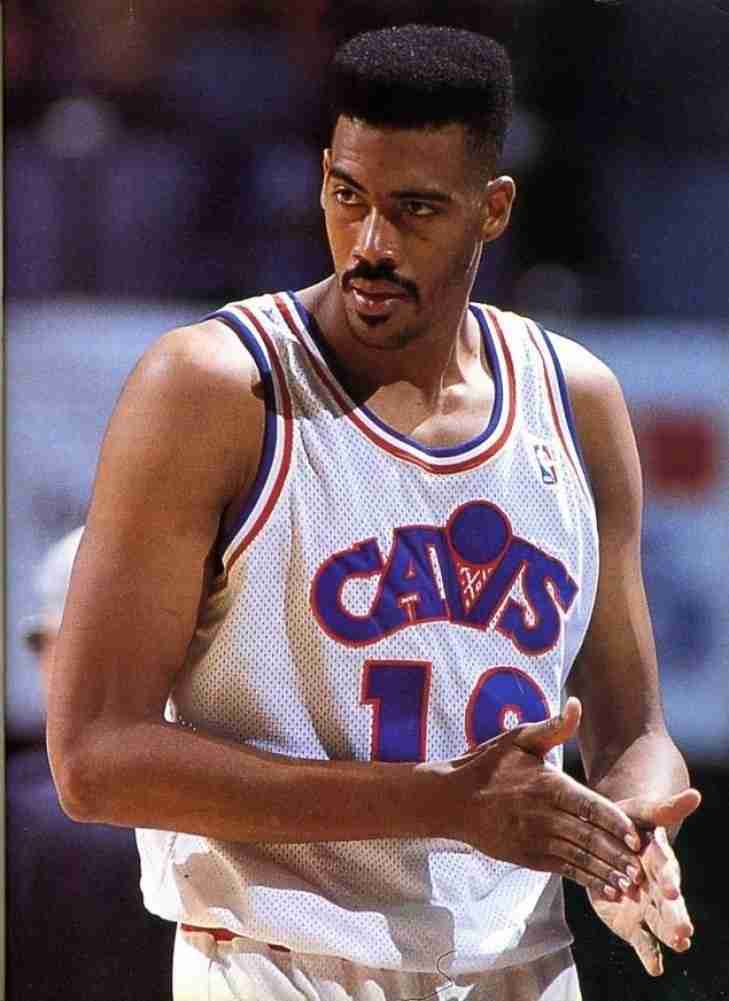18. Craig Ehlo
Craig Ehlo had some big shoes to fill as he was brought in to replace the injured Mark Price and the former Washington State Cougar had his share of moments, most notably a 31 Point Game against Michael Jordan, although Jordan would later torch him on “The Shot” that took the then underdog Bulls over Cleveland in the 1989 Playoffs.
24. Tyrone Hill
9. Terrell Brandon
Terrell Brandon was the 11th Overall Pick in the 1991 Draft, and he would spend his first three years and change serving as the backup Point Guard to Mark Price. Brandon would become the team's starter officially in the 1995/96 season where he would go on a two-year streak of All-Star Game appearances and would average 19.4 Points per Game and would be regarded as one of the most accurate shooters in the sport. He would have a PER of 25.2 and 21.5 respectively and was in the top three in Free Throw Percentage both of those years.
7. Hot Rod Williams
John “Hot Rod” Williams could not enter the NBA after he was drafted out of Tulane in 1985 as he was arrested for point-shaving but he was later found not guilty and was able to join the league for the 1986/87 campaign where he started all 80 of Games and averaged 14.6 Points, 7.9 Rebounds and 2.1 Blocks per Game. Williams would later see his starts diminish but not his time on the court as the Cavaliers generally used him as their sixth man. "Hot Rod" would have his best season in 1989/90 where he had career highs of 16.8 Points and 2.3 Blocks per Game while also producing 8.1 Rebounds.
6. Kyrie Irving
The Cleveland Cavaliers struck gold when they landed the #1 Draft Pick in 2003 so that they could draft their home state hoops prodigy, LeBron James. After James left, the Cavs were blessed by the lottery Gods again in 2011 when they won the draft to pick first and choose Kyrie Irving, who was the consensus best player in the draft.
16. World B. Free
Traded midway through his eighth season (1982/83) in the NBA, World B. Free remained a top scorer in the NBA when he was a Cleveland Cavalier. That year, he finished 8th in Points per Game finishing with a 23.9 PPG. Free continued to produce over the next three years with scoring seasons of 22.3, 22.5 and 23.4 respectively and over his 275 Games as a Cav he averaged 23.0 Points per Game.
8. Kevin Love
Kevin Love would spend the first six years of his career with the Minnesota Timberwolves where he was the team's star, but the T-Wolves lacked much else, and he never made the playoffs while he played there. LeBron James would return to Cleveland, and the Cavs would orchestrate a trade to bring Love to the Cavaliers to join him and Kyrie Irving. Love was now the number three option on a superteam, but like many stars, he had to take time to adjust, and eventually, he found his footing. The triumvirate would take Cleveland to their first NBA Championship in 2016.
14. Austin Carr
Austin Carr was one of the most exciting players that the Cleveland Cavaliers had in the 1970s and a lot of the success that they did have. Carr was the first overall Draft Pick in 1971, and the four-year player from Notre Dame wasted no time showing off his shooting skills. Named to the First Team All-Rookie squad, Carr averaged 21.2 Points per Game, and he would keep up the 20 PPG average over the next two seasons. In the last of that three-season stretch, he would be named to the 1974 All-Star Game, the first and only time that Carr would make that game. He never hit that yearly average but did have two more where he exceeded 16. Overall, he would post a 16.2 PPG over nine seasons as a Cavalier.
13. Campy Russell
12. Tristan Thompson
Thompson left Cleveland after nine seasons for Boston as a Free Agent, but he returned in 2023 to add a veteran presence in the paint. As of this writing, he is still with the Cavaliers.
10. Anderson Varejo
From Brazil, Anderson Varejao arrived in Cleveland as part of a trade a month after he was drafted (by Orlando) and it is safe to say that the big man exceeded every expectation that anyone could have had for him.
15. Andre Miller
5. Larry Nance
Larry Nance spent the first half of his career with the Phoenix Suns where he was an All-Star in 1985. The Power Forward would be traded in the 1987/88 Season in a mega-deal, and both teams would come out ahead. The Power Forward brought defensive stability to the Cavaliers, and they would become more significant threats in the East. The Power Forward would be named to two All-Star Games as a Cavalier, and he was a three-time All-Defensive Selection (one First Team and two Second Teams), and he would have five straight seasons averaging eight or more boards per game. In that same stretch, he never dipped below 2.0 Blocks per Game in a year, and he never fell below 11th in that metric.
4. Zydrunas Ilgauskas
3. Brad Daugherty
Brad Daugherty was the number one Draft Pick of 1986, a pick they obtained many years before in a trade with the Philadelphia 76ers. Along with Ron Harper and Mark Price who they also picked up that season, Daugherty was the literal centerpiece of a Cavs team that would regularly win 50 Games, and he was named an All-Star five times, and while he may not have been on the upper tier of NBA Centers, he wasn't far from it. Daugherty was a Third Team All-NBA Selection in 1991/92, and he would have six straight seasons where he averaged 9.0 Rebounds per Game, with the last four seeing him go over 10. Daugherty would also have three straight 20 Points per Game Seasons (1990-91 to 1992-93).
2. Mark Price
Mark Price came to Cleveland as part of a draft-day trade when he was chosen in the 2nd Round in 1986 by the Dallas Mavericks for a future 2nd Rounder of 1989. Cleveland got Price, but Dallas would pick Jeff Hodge who never played in the NBA.
1. LeBron James
Were you expecting someone else?
LeBron James was so highly touted as the eventual number one pick that his high school games were broadcast on ESPN. The Cleveland Cavaliers were thrilled to land the number one pick, and the native of Akron fittingly began his career with the team he grew up an hour away from.
RIP: Nate Thurmond
Thurmond, a member of the NBA’s 50 Greatest Players list, played collegiately at Bowling Green before being drafted third overall in 1963 by the Warriors. Thurmond was an All Star by his sophomore season and made the mid-season festivity seven times. Thurmond was not known for his offense, a little surprising considering he exceeded 20 Points per Game per season. Rather, he was known for his rebounding prowess finishing in the top five in boards per game six times.
Thurmond would be traded to the Chicago Bulls however thirteen games later he would be moved to the Cleveland Cavaliers, close to his hometown of Akron, Ohio. The big man was a vital part of the Cavs miracle run to the Eastern Championship.
His number would be retired by both the Warriors and the Cavaliers.
We here at Notinhalloffame.com would like to extend our condolences to the friends and family of Nate Thurmond at this time.
RIP: John "Hot Rod" Williams
Williams, while never an All Star, was a popular player with the Cleveland Cavaliers but had to endure trials (literally) and tribulations to get there.
While playing at Tulane, Williams was not exactly an honor student and was labeled as a troublemaker in some circles. Most notably, he would be charged with point shaving in three games. Williams went to trial twice, the first resulting in a mistrial, the second being found not guilty, but as he was going through the judicial system, he was not able to suit up for the Cleveland Cavaliers who had selected him 45th overall in the draft.
Williams would play for Cleveland for nine seasons beginning in the 1986/87 season and would average over 10 Points per Game every season. Overall, his Cavalier numbers were very good, as over 661 Games he averaged 31.5 Minutes, 12.9 Points, 7.1 Rebounds and 1.8 Blocks per Game with a PER of 16.4.
“Hot Rod” would play another four seasons in the NBA, with the Phoenix Suns and Dallas Mavericks.
While he was perceived by some as a problem in college, his Cavaliers teammates praised him for personality and devotion to his team.
We here at Notinhalloffame.com would like to extend our condolences to the friends and family of John Williams at this time.







